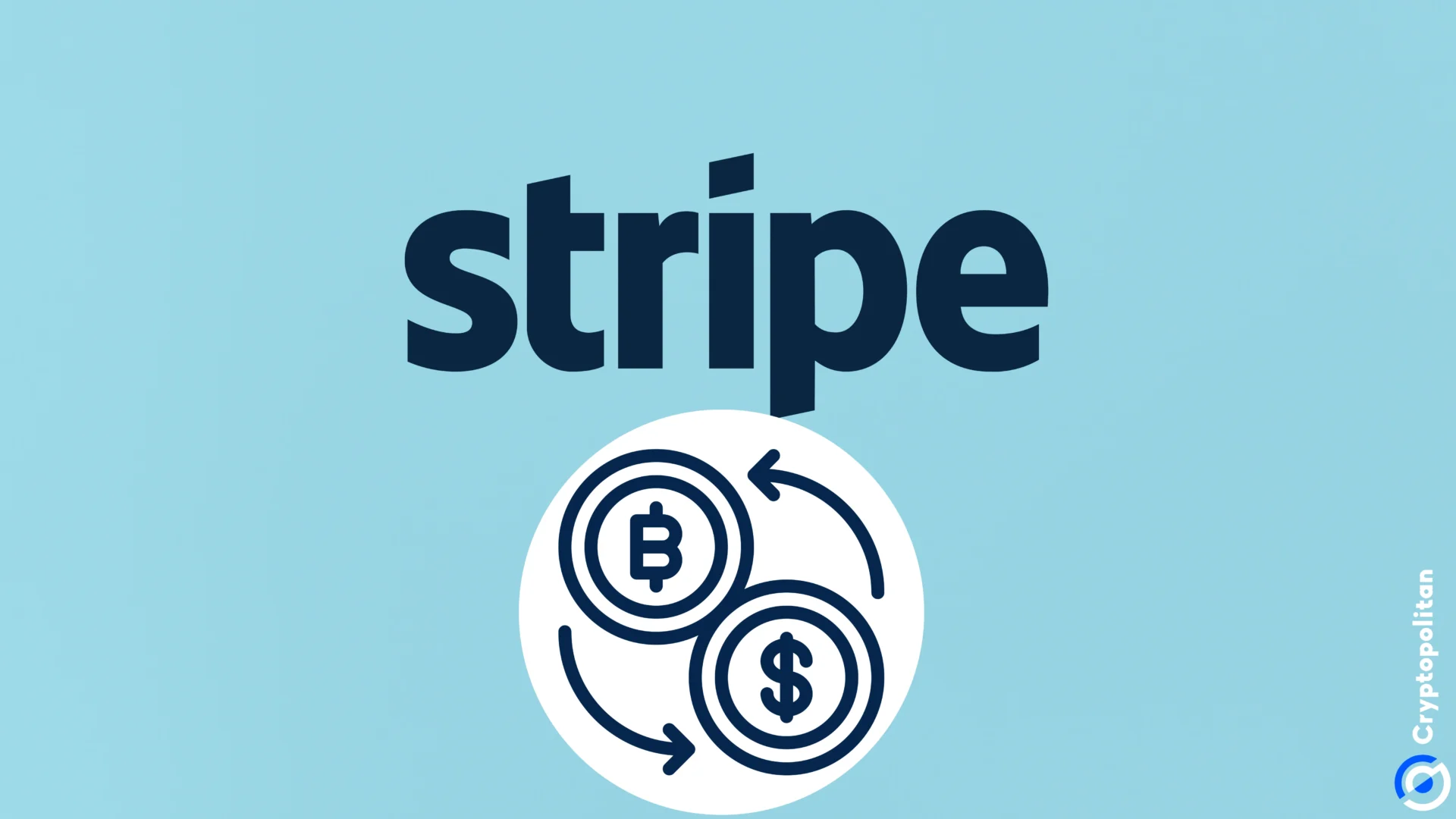Payments giant Stripe is deep in negotiations to acquire Bridge, a fintech startup specializing in stablecoins.
The platform allows businesses to create, store, send, and accept stablecoins. But according to unnamed sources familiar with the deal, no final decision has been reached, and the acquisition could still fall through.
A crypto push for Stripe
Bridge has raised $58 million in funding so far, with its latest Series A round led by Sequoia Capital. Other investors include Ribbit Capital, Haun Ventures, and Index Ventures.
This acquisition would be major for Stripe, which recently resumed accepting crypto payments after a six-year hiatus.
Stripe has long been considered a top candidate for an initial public offering (IPO). But the company has shown no rush to go public.
Earlier this year, Stripe and its investors agreed to repurchase over $1 billion in shares from employees, valuing the company at $65 billion. At its peak in 2021, Stripe reached nearly $100 billion.
Last week, the company announced that it would allow U.S. merchants to accept payments in USDC. This follows other industry players, like Visa, launching platforms to let banks issue their own stablecoins.
Robinhood and Revolut are also considering launching stablecoins.
Stablecoin competition heats up
For years, fintech upstarts have tried to challenge Tether’s dominance with little success. Tether’s USDT holds a staggering market share, accounting for over two-thirds of the $170 billion stablecoin market.
USDC, the second-largest, sits far behind with a circulation of $36 billion, and the rest of the stablecoins are so much smaller by comparison.
Now, new European Union regulations known as Markets in Crypto-Assets (MiCA) are set to shake up the market even further.
These rules, which will take full effect by the end of the year, will force exchanges operating in the EU to delist stablecoins from issuers who don’t have the necessary permits.
Circle, which issues USDC, already holds the required license. Meanwhile, Tether CEO Paolo Ardoino has his concerns about the EU rules, warning that they are risky for stablecoin issuers if there’s a mass redemption of tokens.
Tether is working on a “technology-based solution” to remain compliant. Ardoino didn’t elaborate on what that solution might look like, but with MiCA regulations coming into play, time is running out for Tether to find a workaround.
Profits and emerging markets
The financial upside of stablecoins is enormous. Tether’s profits from the reserves backing USDT hit $5.2 billion in the first half of 2024, according to company reports.
In places like Brazil, Indonesia, Turkey, India, and Nigeria, stablecoins are increasingly used to store value in dollars.
A survey by Castle Island Ventures, Brevan Howard Digital, and Artemis found that nearly half of crypto users in these markets use stablecoins as a way to protect their savings.
Meanwhile, around 40% use stablecoins to pay for goods or services, and over 20% use them to receive or pay salaries.
In places where local currencies are unstable, stablecoins offer a lifeline for people looking to preserve their wealth.
In Russia, stablecoins have even been used to dodge sanctions, with companies using USDT to pay for imports.
Over the years, USDT has proven resilient. Even as competitors like PayPal launched their own stablecoins, they’ve struggled to gain traction. PayPal’s token peaked at just over $1 billion in circulation but has since dropped by around 30%.
This articles is written by : Fady Askharoun Samy Askharoun
All Rights Reserved to Amznusa www.amznusa.com
Why Amznusa?
AMZNUSA is a dynamic website that focuses on three primary categories: Technology, e-commerce and cryptocurrency news. It provides users with the latest updates and insights into online retail trends and the rapidly evolving world of digital currencies, helping visitors stay informed about both markets.
